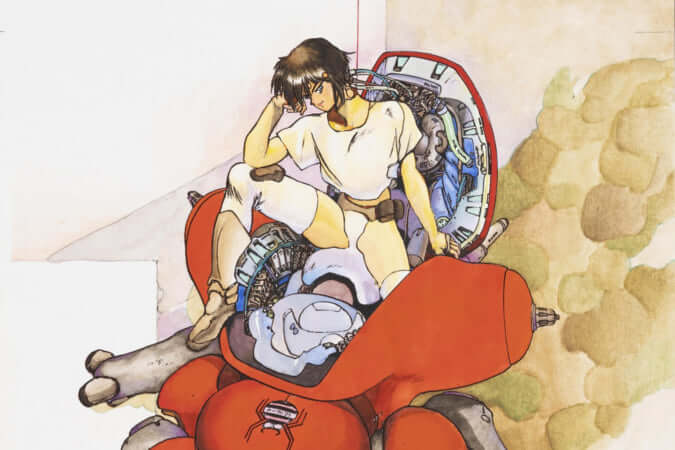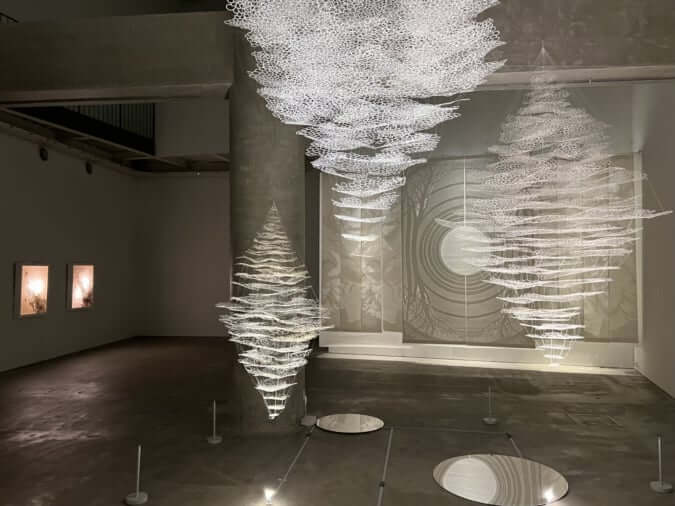The Life and Death of Towns, by Naoya Hatakeyama
People are eagerly snapping up Naoya Hatakeyama's images of nature, that reflect a unique, deep contemplation of the world.
View this post on Instagram
Naoya Hatakeyama, born in 1958 in Iwate prefecture, north of Tokyo, has exhibited at the Venice Biennale, the Maison Européenne de la Photographie in Paris, the V&A in London and twice in Arles (in 2003 and 2009). A graduate in art and architecture, the artist is much-decorated in his homeland of Japan, with public institutions, important photography events and private collectors all vying for his images of nature.
Naoya Hatakeyama, whose wife is French, explored the coalfields of Nord-Pas-de-Calais in his 2012 series Terrils (French for ‘slag heaps’). The photographs tell the story of a skyline transformed by the waste left behind from the mines: of man-made hills and shale. By retracing the impact of the past on the landscapes of today, Naoya Hatakeyama explores a paradoxical history, veering between flux (the mines are now deserted, with no economic activity) and stasis (the slag heaps endure and are even classified, protected and valued as memorials of an epoch).
View this post on Instagram
A link between eras
This capacity to create a link between eras and to concentrate their paradoxes in a single image is what pushes the photographer to continue with his work. Among the subjects he addresses, one, explored in two books, holds a particular resonance, perhaps because of its profound personal significance. In March 2011, his hometown was decimated by the tsunami that initiated the Fukushima nuclear catastrophe. The wave flattened the small town of Rikuzentakata and carried away residents in their hundreds, including the photographer’s mother. Hatakeyama had left Tokyo in the midst of the chaos and took six days to get back to the town, six days during which he hoped to learn that she had survived.
View this post on Instagram
In his books Kesengawa and Rikuzentakata (2013 and 2016), Naoya Hatakeyama uses images to express that which is beyond words. In Kesengawa, he reflects upon those terrible days with photos of the ravaged, post-tsunami town juxtaposed with ones of his life in Rikuzentakata ‘before’, memories of his youth. In Rikuzentakata he chronicles the painful reconstruction of the town and its slow transformation through photos of daily life, taken over a five-year period.
This quest to examine wounds through photography is one Naoya Hatakeyama continues to pursue, in a less intimate manner. In his monograph Excavating the Future City (2018), he investigates the decades of change experienced by the urban landscape, having photographed buildings being demolished, the empty spaces left and, over time, the new buildings that replaced them.
View this post on Instagram
TRENDING
-
Kamaro’an, Indigenous Taiwanese Craft in Dialogue with the Present
In Taipei, the traditional techniques of the Pangcah people are reimagined through the lens of contemporary design.

-
Shirow Masamune and the Legacy of ‘Ghost in the Shell’
The first major exhibition sheds light on the elusive artist’s full body of work, from cyberpunk icons to lesser-known creations.

-
Carving the Universe in Paper
An exhibition celebrates the diverse techniques that elevate paper to an art form, from origami to sculpture and ‘kirie’.

-
Okunoshima, the Island That’s Home to Hundreds of Wild Rabbits
These animals are protected and live peacefully close to humans, as they are accustomed to them and let them approach.

-
Hayao Miyazaki, the Man Who Adored Women
The renowned director places strong female characters at the heart of his work, characters who defy the clichés rife in animated films.





